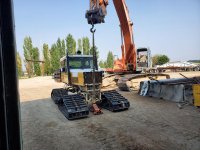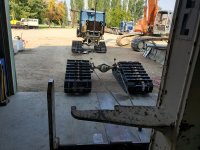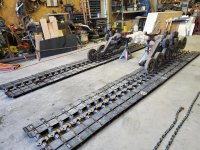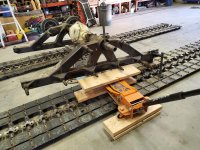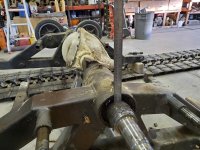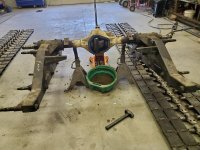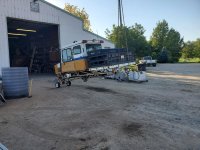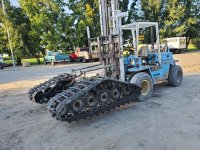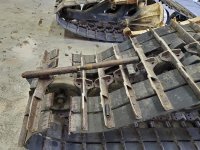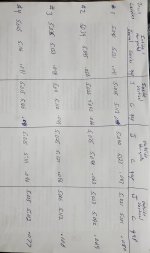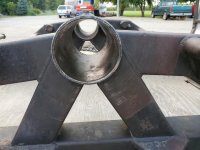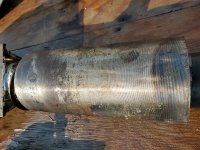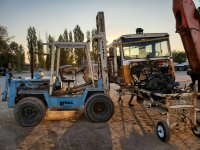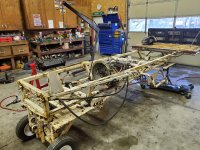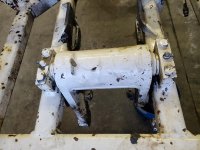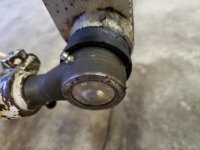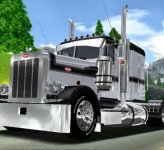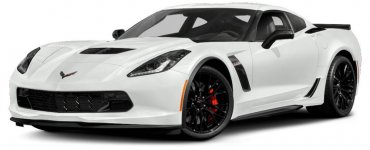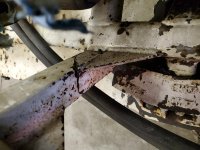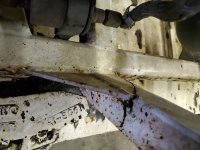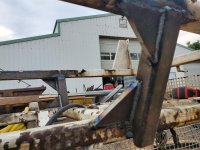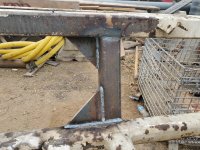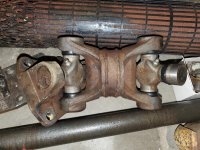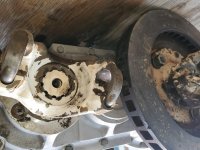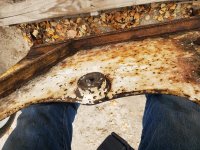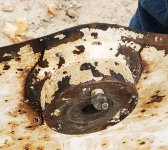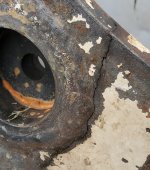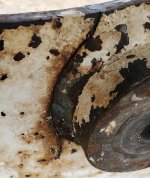Getting a little stumped on this one. Maybe someone here has some knowledge/experience on this.
Neither parts nor service depts at Tucker had any real experience with this issue.
First, I decided to build the chrysler 360 thats in my 1644 to a 408 stroker rather than go other routes. The 360 is an externally balanced engine, and the stroker will be an internally balanced engine. A new damper for an internally balanced crankshaft solves the front end. The rear of the crankshaft has a counterweight spacer that bolts up to it, and the flexplate with that, and then the torque converter bolts to the flex plate.
I need a spacer thats balanced rather than weighted. I could have the weighted one cut down and balanced, but the internal parts from the 360 look very good and perhaps someone might reuse some of them, so I kind of hate to destroy a rare as hens teeth part that goes with that crankshaft to an at545. So far no luck finding another part to cut and balance, or really anyone having any knowledge of this. I'm sure the machine shop i use could make one if nothing else, but thought I'd see if anyone here had experience with this.
Also heres the bell housing, don't know if that number will help anyone chasing that part or not, but share in case.



